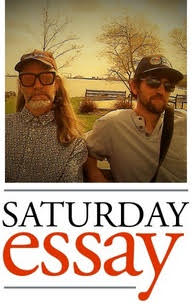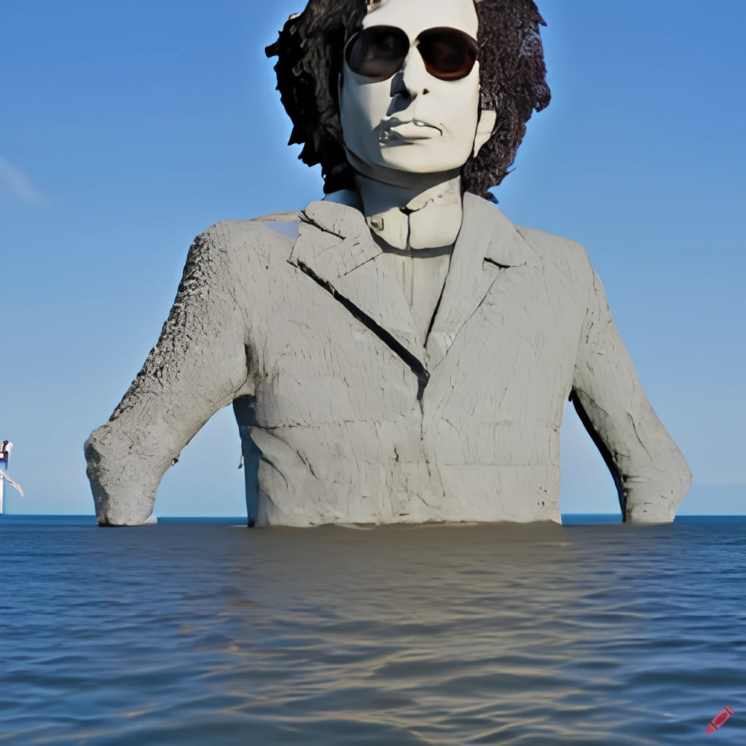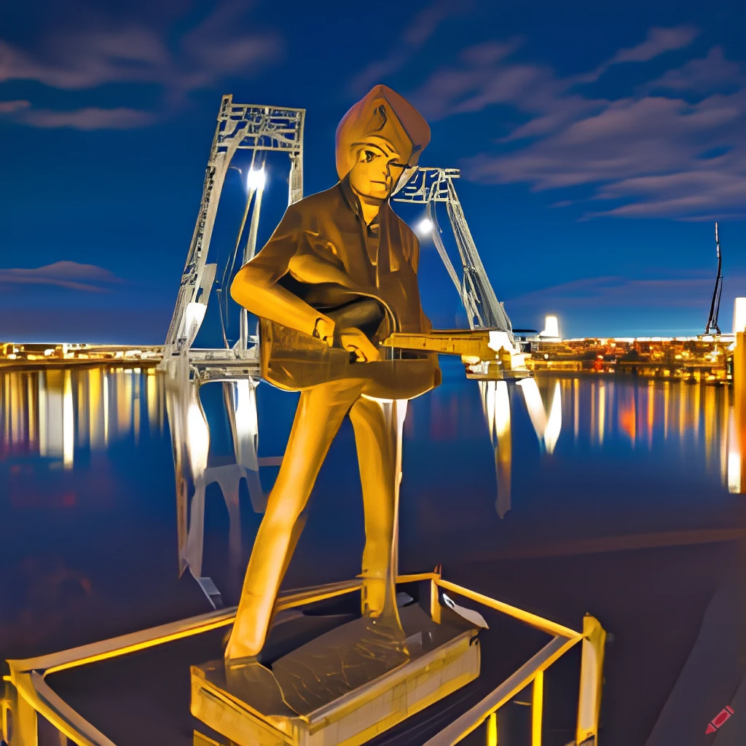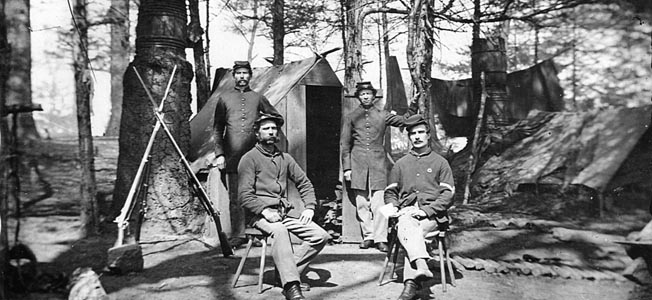Sir Duluth and Father Hennepin on Mushrooms
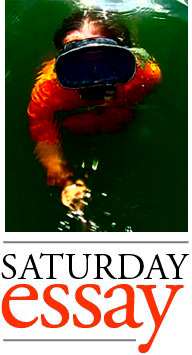 Letters exchanged between Father Louis Hennepin and Daniel Greysolon, Sir Duluth. From a special collection at Northern Illinois University, translated from the French by Peter S. Svenson.
Letters exchanged between Father Louis Hennepin and Daniel Greysolon, Sir Duluth. From a special collection at Northern Illinois University, translated from the French by Peter S. Svenson.
To: Daniel Greysolon, Sir Duluth
Montreal, New France
From: Father Louis Hennepin
Rome
Date: August 23, 1701
Dear Duluth,
Remember our exchange when you rescued me from my kidnappers? I asked you, “Do you have to look so much like a French musketeer?” And you replied, “Do you have to look so much like Friar Tuck?” Forgive me. An old man on my deathbed, let me put things right. I anticipate my reward but I cannot help but look back at the many enemies I made. I hope you were not one of them. I only spent a short while in New France. And we did not know each other well. But we tore it up, didn’t we? I should think they will name a city after you someday. Myself, I will be contented with a street or two named after me, perhaps a bridge. One doesn’t wish to be prideful. But you deserve your glories.
One thing bothers me. Please tell me what you remember of our time on Lake Superior, on our final full day together. My memories of the event are confused. We caught no fish yet we were out there for hours.
Yours,
Louis







